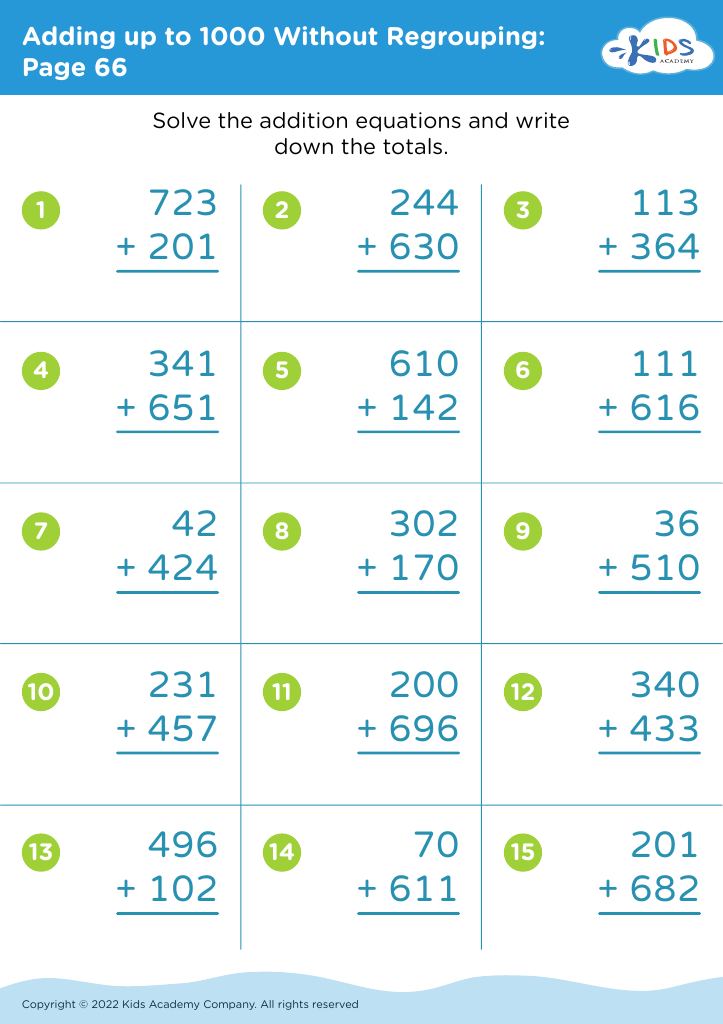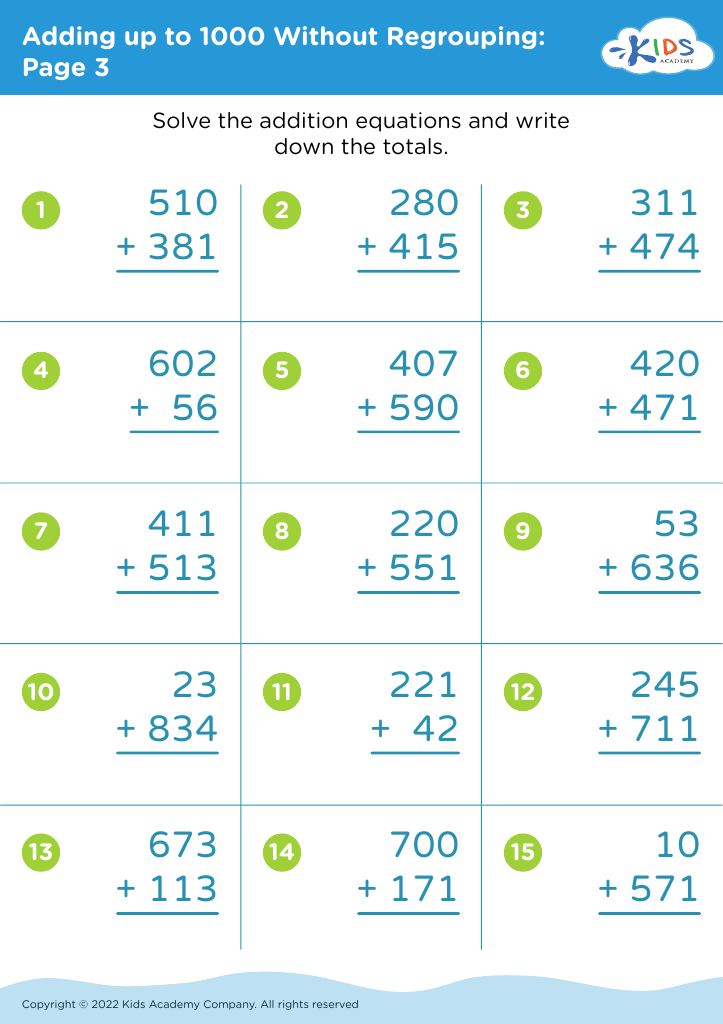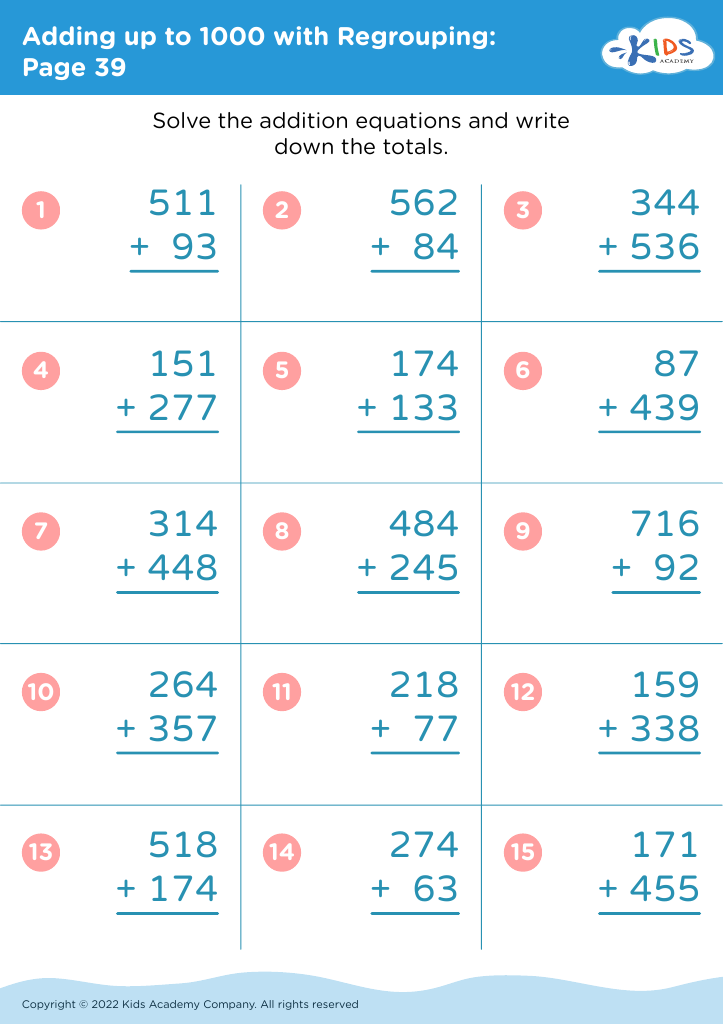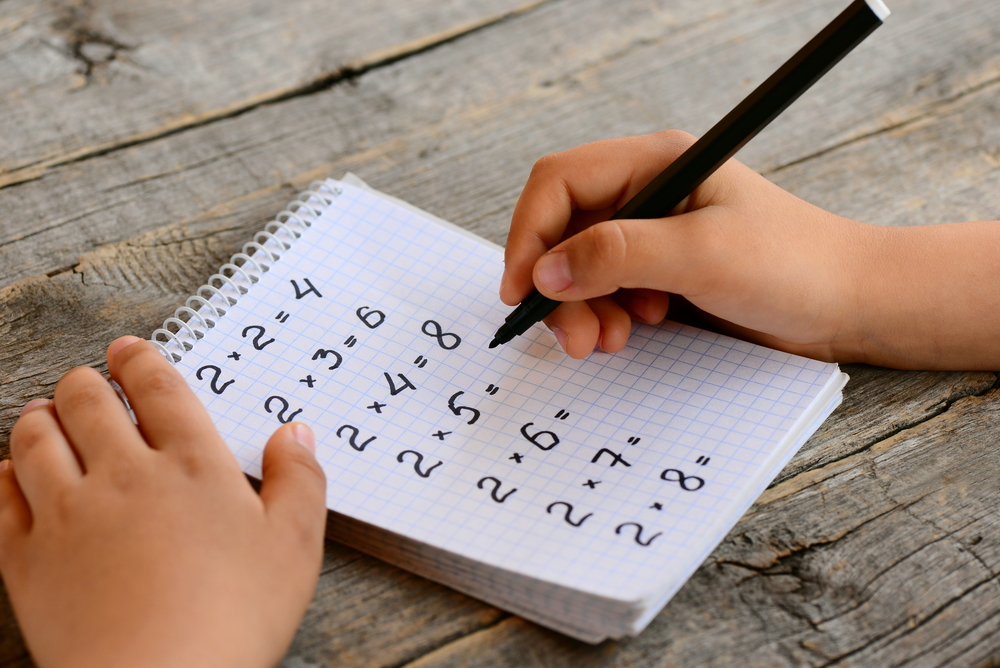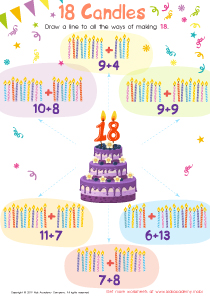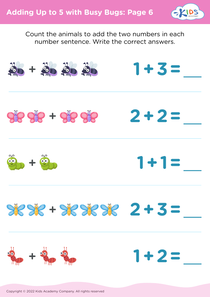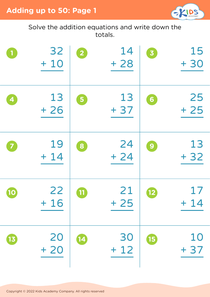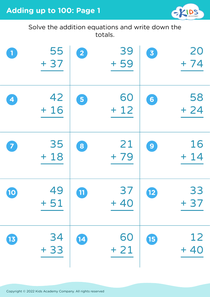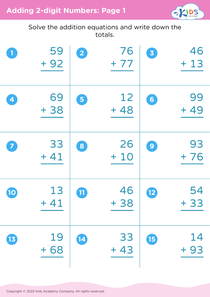Recognize shapes Adding up to 1000 Worksheets for Ages 3-7
4 filtered results
-
From - To
Explore our "Recognize Shapes Adding up to 1000 Worksheets," designed for children ages 3-7. These interactive resources help young learners identify various shapes while practicing addition skills, fostering early math comprehension in a fun and engaging way. Our worksheets encourage critical thinking and spatial awareness, guiding kids to recognize shapes in diverse contexts. As they solve problems and complete activities, children build a solid foundation in math, preparing them for more complex concepts in the future. Perfect for teachers and parents, these worksheets create a stimulating learning environment, enhancing your child’s educational journey while promoting creativity and excitement for math!
Recognizing shapes and understanding how they can add up to a total of 1000 is essential for children aged 3 to 7, intertwining foundational math skills and cognitive development. Early math literacy not only builds a robust foundation for later learning but also fosters problem-solving abilities, critical thinking, and spatial awareness.
When children engage in recognizing shapes, they enhance their ability to categorize, compare, and analyze the world around them. This skill is vital for grasping geometric concepts, which they will encounter in more complex mathematics as they advance in their education. For example, understanding that triangles and rectangles can be combined to form larger shapes introduces children to the idea of composition and decomposition in mathematics.
Furthermore, the process of learning to add shapes to total 1000 can encourage pattern recognition, creative thinking, and the application of addition principles. Additionally, it supports fine motor skills through hands-on activities like building with blocks or drawing shapes. By integrating these experiences into learning, parents and teachers empower children to build confidence in their mathematical abilities while making it enjoyable. Thus, caring about the recognition of shapes and their combinations set the stage for lifelong learning in mathematics and beyond.

